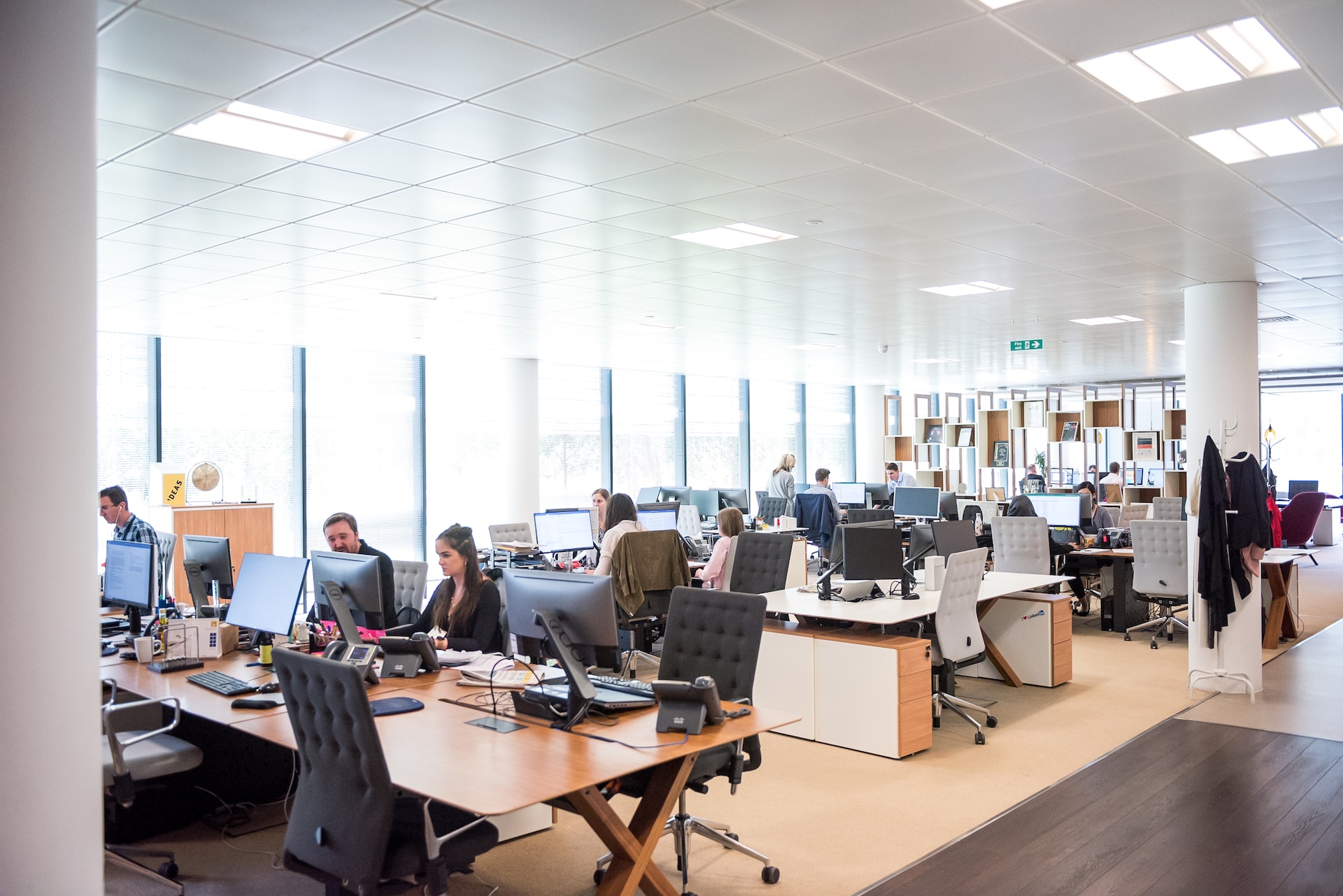Workplace safety isn’t merely an organizational requirement; it is the cornerstone of a healthy, productive, and ethical work environment. In the dynamic landscape of today’s business world, companies of all sizes and across various industries are compelled to prioritize the well-being of their employees. Workplace safety is not an abstract concept but a tangible and urgent need that encompasses everything from legal compliance and risk assessment to fostering a safety-conscious culture.
Ensuring workplace safety is akin to nurturing the roots of a thriving organization. In this article, we delve into the comprehensive landscape of what companies should know about workplace safety. This journey will take us through the crucial domain of regulatory compliance, the significance of risk assessment, the role of attorneys, employee training, and the creation of a safety-oriented culture. We’ll also explore the importance of investing in safety measures and the ongoing quest for continuous improvement. Workplace safety is not a stagnant checklist; it is a dynamic process that demands attention, care, and vigilance to protect employees and the interests of the company alike.

Compliance with Regulations
One of the fundamental aspects of workplace safety that companies must understand is compliance with safety regulations. Depending on your location and industry, there may be various local, state, and federal regulations in place to safeguard employees. These regulations cover everything from fire safety and ergonomics to the handling of hazardous materials. Failing to comply with these regulations can lead to hefty fines and legal consequences. Therefore, it’s vital for companies to stay informed about the specific safety requirements that apply to their operations and work diligently to adhere to them.
Risk Assessment and Prevention
To create a safe workplace, it’s essential for companies to conduct regular risk assessments. A risk assessment involves identifying potential hazards within the workplace and taking measures to prevent accidents. This may include implementing safety protocols, providing personal protective equipment (PPE), and offering comprehensive employee training. By proactively identifying and addressing safety risks, companies can significantly reduce the likelihood of workplace accidents.
Attorneys and Their Role
In the unfortunate event that a workplace injury occurs, injury attorneys play a crucial role in ensuring that employees receive the compensation they deserve. Companies should be aware of the importance of injury attorneys in the context of workplace safety. These legal professionals specialize in workers’ compensation claims and personal injury cases related to the workplace.
These attorneys can represent either the injured employee or the company itself. For employees, these lawyers can help navigate the complex process of filing a workers’ compensation claim, ensuring that their rights are protected. They can also help in cases where negligence on the part of the employer is a factor, seeking compensation beyond what workers’ comp provides.
For companies, these attorneys are invaluable in defending against false or exaggerated injury claims. They can investigate the circumstances surrounding the accident, gather evidence, and build a strong defense. Having competent injury attorneys can help protect a company’s reputation and financial stability in the face of such claims.
Employee Training and Education
An essential aspect of workplace safety that every company should be aware of is the importance of ongoing employee training and education. Properly trained employees are better equipped to identify potential hazards, follow safety protocols, and respond effectively in case of an emergency. Regular training sessions can cover a wide range of safety topics, including first aid, fire safety, and the proper use of equipment and machinery.
Moreover, providing clear, well-documented safety guidelines and protocols is critical. Companies should ensure that employees have easy access to this information, and it should be regularly updated to reflect any changes in the workplace or safety regulations.
Creating a Safety Culture
Safety should not be seen as a mere set of rules and procedures but as a part of a company’s culture. Companies must cultivate a culture of safety where employees feel comfortable reporting safety concerns and incidents. Open communication channels, anonymous reporting options, and a non-punitive approach to reporting can encourage employees to come forward with potential issues before they become accidents.
Incentives for safety can also be beneficial. Companies can reward employees for safe behavior and offer recognition for accident-free periods. This approach motivates employees to take workplace safety seriously and encourages a collective commitment to creating a secure work environment.
Investing in Safety Measures
Investing in safety measures is a key component of ensuring workplace safety. While it may seem like an additional cost, the long-term benefits far outweigh the initial expenses. This includes investing in quality PPE, maintaining and upgrading safety equipment, and regularly inspecting the workplace for potential hazards.
Companies should also have a budget specifically allocated for safety improvements. Regular safety audits and assessments can help identify areas that require attention. By investing in safety measures, companies demonstrate their commitment to employee well-being and minimize the risk of accidents that could result in costly legal consequences.
Continuous Improvement
Continuous improvement is the final piece of the workplace safety puzzle that companies should know about. Workplace safety is not a one-time endeavor; it’s an ongoing process. Regularly reviewing safety measures, conducting incident analyses, and staying updated on evolving safety regulations are all vital aspects of this. Companies should actively seek employee feedback and use it to make improvements. Continuous improvement ensures that safety protocols remain effective and adapt to the changing needs of the workplace.

In today’s corporate landscape, workplace safety is paramount. It goes beyond fulfilling legal obligations; it is about safeguarding the well-being of your employees, nurturing a positive work environment, and protecting your company’s interests. Companies must understand the intricacies of compliance, risk assessment, and the critical role played by attorneys in upholding the principles of workplace safety. A commitment to employee training, the development of a safety-conscious culture, and ongoing investments in safety measures are essential for success.
Ultimately, workplace safety is not just a box to be checked; it’s a journey. It involves proactive steps, ongoing education, and a commitment to a culture of safety. By recognizing these key aspects and continuously improving, companies can provide their employees with a secure and thriving work environment, where they can flourish without the constant fear of workplace accidents. In doing so, companies not only mitigate legal and financial risks but also foster trust, loyalty, and productivity among their workforce. Workplace safety is not just a corporate responsibility; it is an investment in a brighter and more secure future for both employees and the company as a whole.






1 Comment